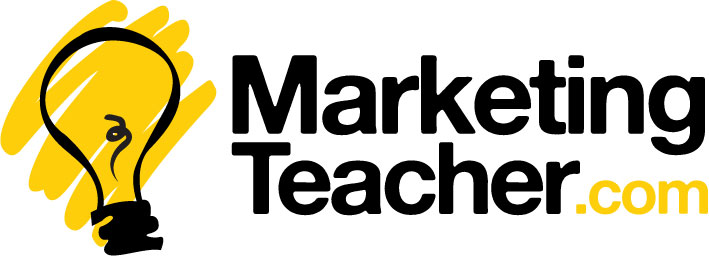Physical Evidence
Are you looking for physical marketing?
Physical evidence as part of the marketing mix
Services as we know are largely intangible when marketing. However customers tend to rely on physical cues to help them evaluate the product before they buy it. Therefore marketers develop what we call physical evidence to replace these physical cues in a service. The role of the marketer is to design and implement such tangible evidence. Physical evidence is the material part of a service.
Physical Environment
The physical environment is the space by which you are surrounded when you consume the service. So for a meal this is the restaurant and for a journey it is the aircraft that you travel inside. The physical environment is made up from its ambient conditions; spatial layout and functionality; and signs, symbols, and artefacts (Zeithaml 2000).
Ambience
The ambient conditions include temperature, colour, smell and sound, music and noise. The ambience is a package of these elements which consciously or subconsciously help you to experience the service. Ambience can be diverse. The ambience of a health spa is relaxing and calm, and the music and smells underpin this experience. The ambience of a nightclub will be loud noise and bright lights which enhance this customer experience, obviously in a different way. The marketer needs to match the ambience to the service that is being delivered.
Spatial Layout
The spatial layout and functionality are the way in which furniture is set up or machinery spaced out. Think about the spatial layout of your local cinema, or a church or temple that you have visited and how this affects your experience of the service. Functionality is more about how well suited the environment is to actually accomplish your needs. For example is the seat in the cinema comfortable, or can you reach your life jacket when on an aircraft?
Corporate branding (signs, symbols and artefacts)
Finally corporate image and identity are supported by signs, symbols and artefacts of the business itself. Examples of this would be the signage in Starbucks which reassures the consumer through branding. When you visit an airport there are signs which guide you around the facility smoothly, as well as statues and logos displayed throughout the complex. This is all important to the physical evidence as a fundamental element of the services marketing mix.
There are many examples of physical evidence, including some of the following:
- The building itself (such as prestigious offices or scenic headquarters). This includes the design of the building itself, signage around the building, and parking at the building, how the building is landscaped and the environment that surrounds the building. This is part of what is known as the servicescape.
- The interior of any service environment is important. This includes the interior design of the facility, how well it is equipped, internal signage, how well the internal environment is laid out, and aspects such as temperature and air conditioning. This is also part of the servicescape.
- Packaging.
- Internet/web pages.
- Paperwork (such as invoices, tickets and dispatch notes).
- Brochures.
- Furnishings.
- Signage (such as those on aircraft and vehicles).
- Uniforms and employee dress.
- Business cards.
- Mailboxes.
- Many others . . .
A sporting event is packed full of physical evidence. Your tickets have your team’s logos printed on them, and players are wearing uniforms (i.e. the team colors/colours and clothing). The stadium itself could be impressive and have an electrifying atmosphere. You travelled there and parked quickly nearby, and your seats are comfortable and close to restrooms and store. All you need now is for your team to win!
Some organizations depend heavily upon physical evidence as a means of marketing communications, for example tourism attractions and resorts (e.g. Disney World), parcel and mail services (e.g. UPS Courier Services), and large banks and insurance companies (e.g. Lloyds of London). This is important to their corporate image. Of course there are other examples with a slightly more tangible offering such as Rolls-Royce motor cars and P&O cruises.
